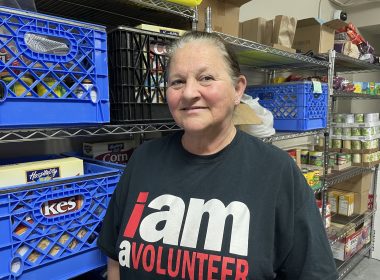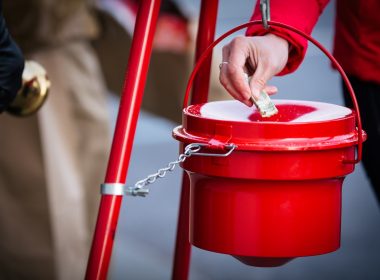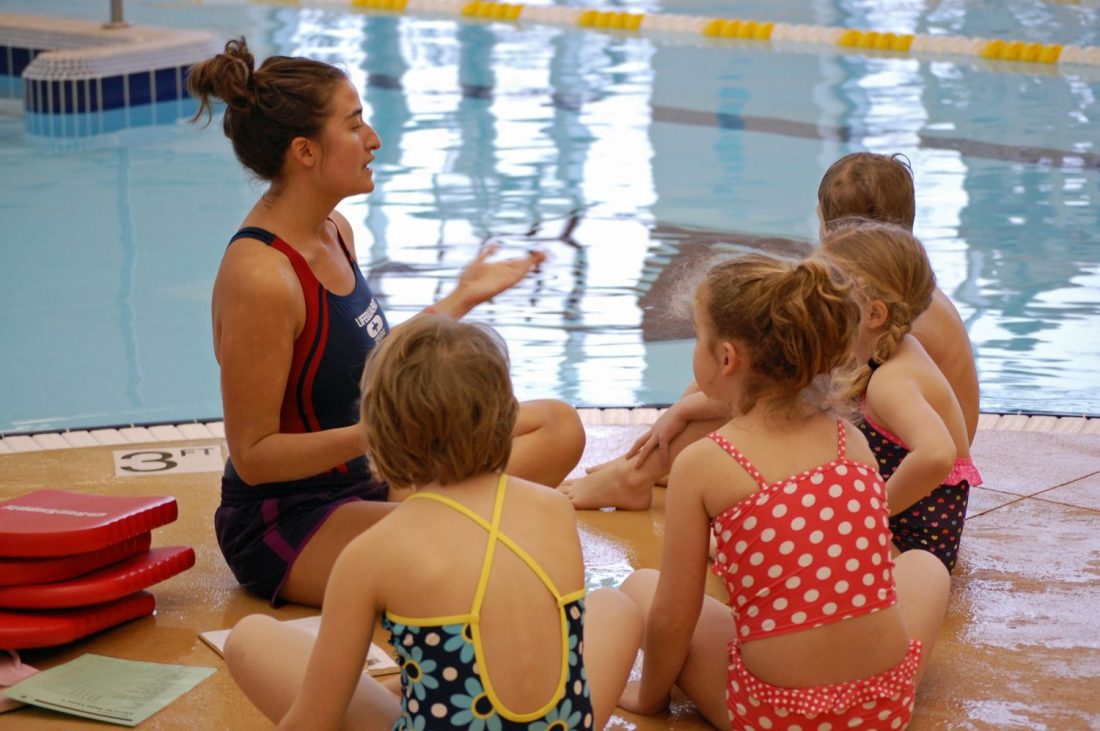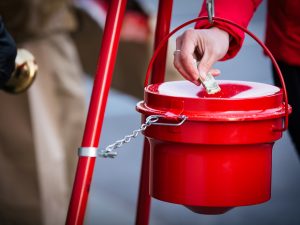A national effort with Search Institute
In November 2010, The Salvation Army launched a national Youth Asset Development (YAD) initiative in partnership with Search Institute, authors of the 40 developmental assets, which are cited as necessary building blocks for healthy development of young people. The initiative, beginning in Kroc Centers throughout the country, embodies Joan Kroc’s emphasis on tapping youth potential by providing opportunities to nurture strengths for the betterment of others and the individual.
“The assets are developmental because they both arise from and help to positively affect young people’s physical, mental, moral, psychological, social, and emotional growth over time, that is, they are intimately connected to young people’s human development,” said Dr. Peter Scales, a scientist who works closely with The Salvation Army. “Together, the developmental assets and developmental outcome measures offer a multifaceted perspective on how well Kroc Centers are creating the relationships and opportunities young people need to be healthy, responsible, caring, and productive.”
The Army is keenly aware of the magnitude of Joan Kroc’s gift, and of the responsibility for wise use of the gift for Kroc Centers. This initiative is viewed as an early step in accountability for programming focused on positive youth development as an outcome of all programs, rather than merely delivering quality programs. This significant evidence-based project will begin in Kroc Centers, but will be an important tool in documenting positive outcomes in service to youth and families throughout The Salvation Army.
Research shows the more assets young people report having, the greater the likelihood they will thrive and the less likely they will be to make unhealthy, harmful choices.
[huge_it_slider id=”14″]During the first phase of this initiative in 2011, Search Institute conducted asset training in each of the four U.S. territories. Following this, the Kroc Center staff began teaching the assets framework and preparing plans for adoption of developmental assets beginning with the 2011 day camp program. Kroc center youth, fourth through sixth-grade, attending day camps were surveyed using the Search Institute’s Developmental Assets and Life Experience Profile (DALEP).
This tool, customized for the Army, was comprised of demographic questions, the institute’s highly reliable Developmental Assets Profile (DAP) adapted for this age group, and additional measures of five key outcomes identified by the Army, which include: school success, hopeful purpose, positive emotions, citizenship/civic engagement and avoiding violence.
The survey—which showed good scientific quality and accurate data (see table)—was a first step in using data from youth to improve Kroc Center programming. It provided a one-time snapshot of how youth are or are not experiencing key developmental assets and outcomes.
In 2012, 12 Kroc Centers nationwide will participate in on-site multi-generational data-guided planning and training events with stakeholders, facilitated by senior Search Institute consultants, using the experience and data stemming from the first phase of the YAD initiative.
In Quincy, Ill.—one of the 12 Kroc Centers—the staff have enthusiastically embraced integrating developmental assets into every aspect of mission and ministry. Recently, Kroc Center officers participated in a local school assembly where they met a young boy and his mother. Along with other students and parents, they were invited to a Christmas program at the Kroc Center. One of the senior soldiers then invited this boy to Cub Scouts and later he and his family were invited to worship services at the Kroc Center. Officers, soldiers and staff have intentionally used development assets with this young first grader—getting to know his name and he theirs.
Developmental assets integrated with Army mission are truly making a difference in the lives of young people.
The percentage of Kroc Center youth with developmental outcomes and other key strengths:
| School Success | 59 percent |
| GPA ≥ 3.5 (B+) | 77 percent |
| Achievement motivation | 94 percent |
| School engagement | 77 percent |
| Civic Engagement | 26 percent |
| Environmental stewardship | 42 percent |
| Anticipated political involvement | 50 percent |
| Community problem-solving confidence | 39 percent |
| Weekly volunteering | 32 percent |
| Avoids Violence | 26 percent |
| Not a perpetrator of violence | 44 percent |
| Not a victim of violence | 47 percent |
| Hopeful purpose | 55 percent |
| Positive emotions | 64 percent |
| Other Key Strengths: | |
| Reads for pleasure | 39 percent |
| Comfort expressing voice | 47 percent |
| Spends time in high quality Kroc Center programs | 49 percent |
Source: DALEP Aggregate Report, October 2011.
In gratitude
By James Nauta, Lt. Colonel –
Commissioner Carol Seiler, chairperson of the national Kroc coordinators’ task force, territorial and president of women’s ministries and territorial coordinator for strategic mission planning in the USA Central Territory, has led the way for the nation’s Kroc Centers.
Keenly aware of the magnitude of Joan Kroc’s gift and the responsibility for wise use of the gift, Seiler developed national operating standards as an early step in accountability for programming at Kroc Centers, which are in the process of being implemented. Seiler challenged the Army to launch this National Youth Asset Development initiative for the healthy development of young people. Her leadership also led to a national demonstration model to address widespread childhood obesity, Kroc Fit Kids.
Seiler models something of the beauty and caring of Jesus himself, in whose name we provide service. Thank you for your leadership.












